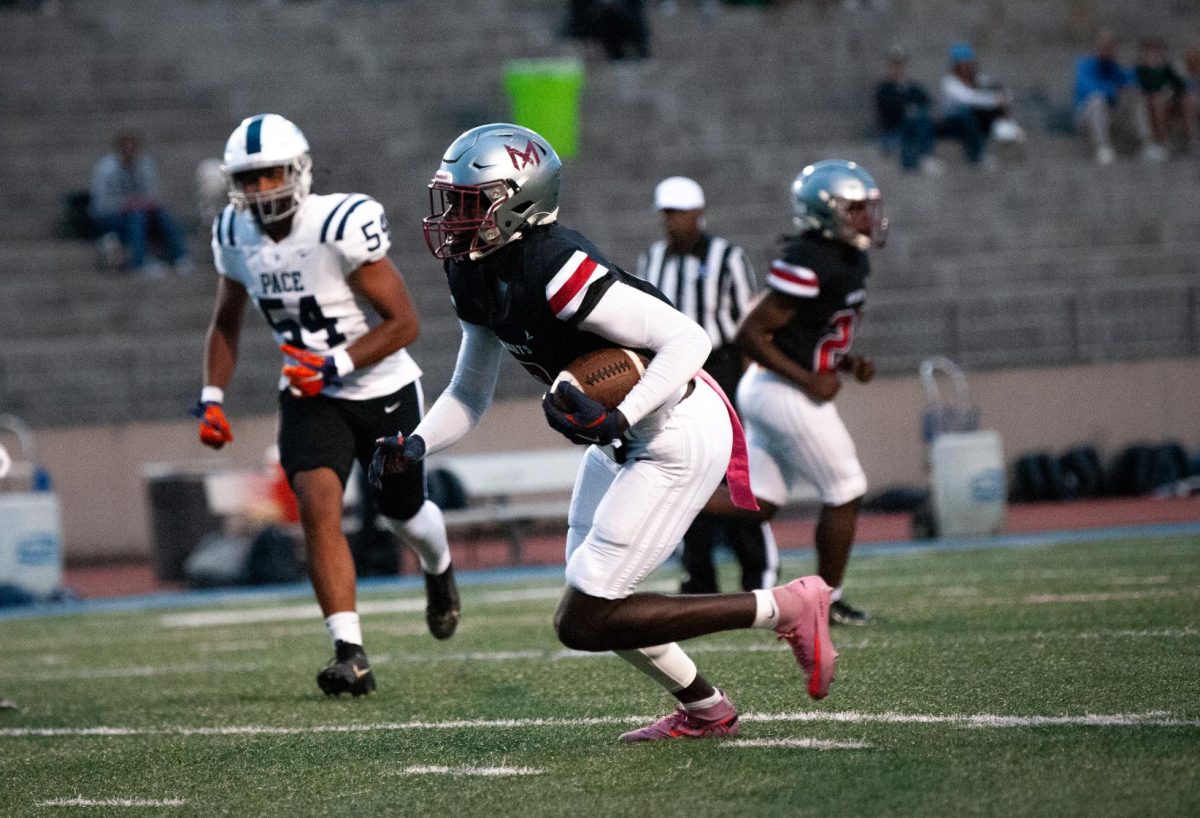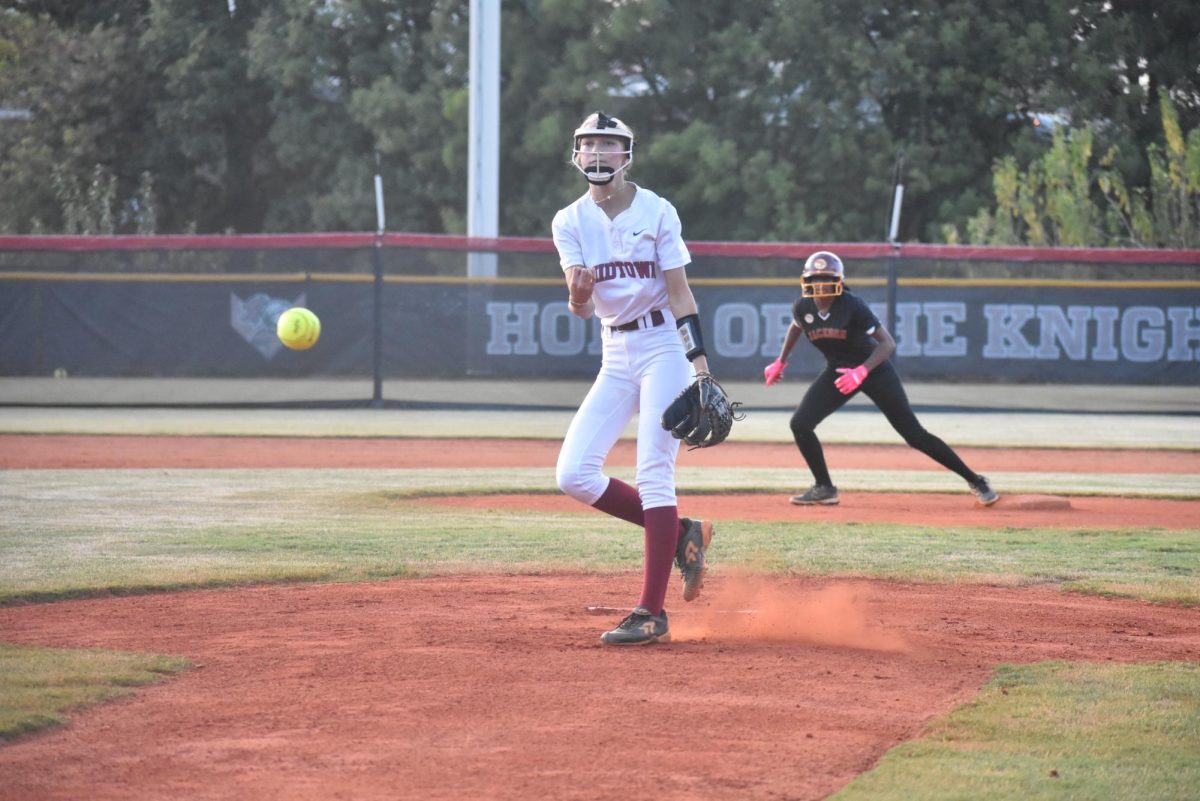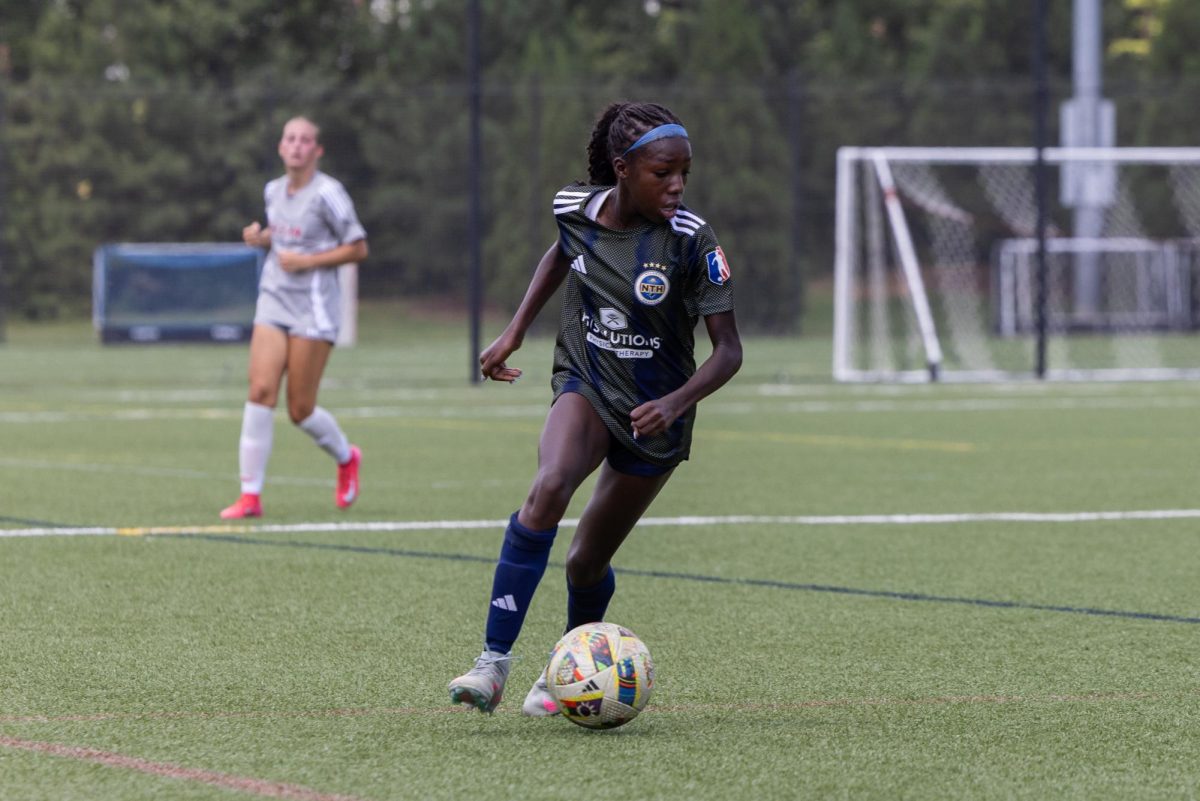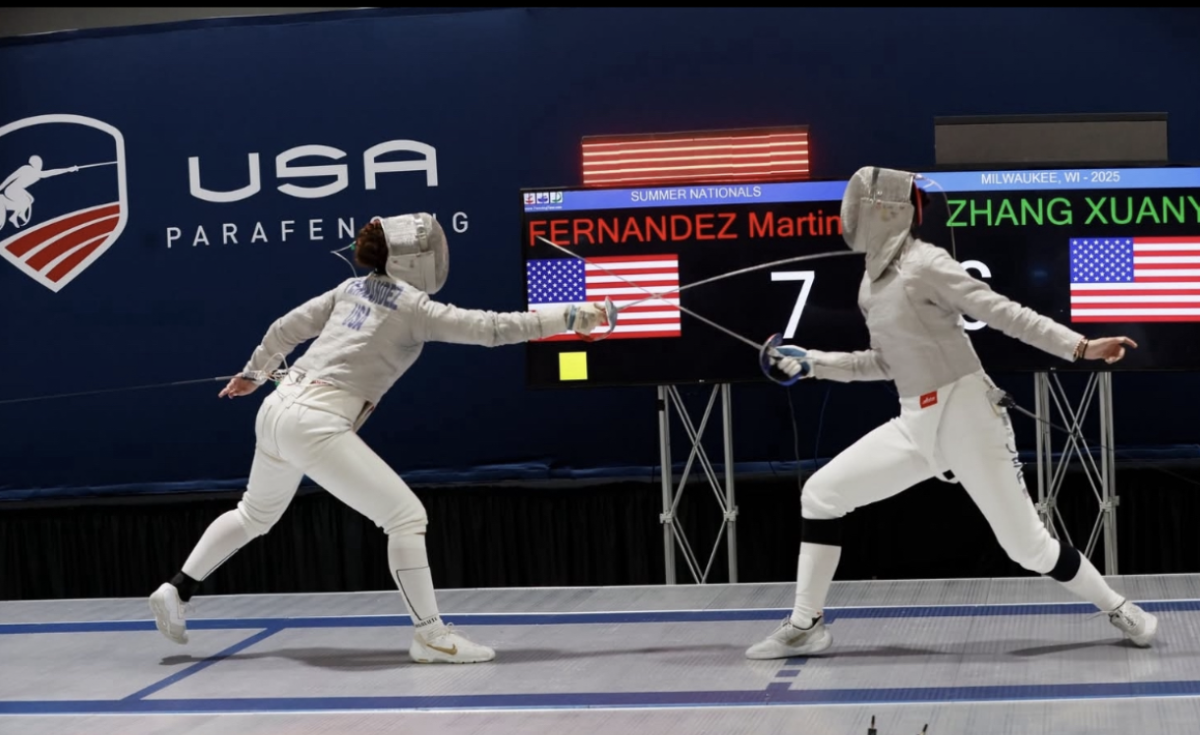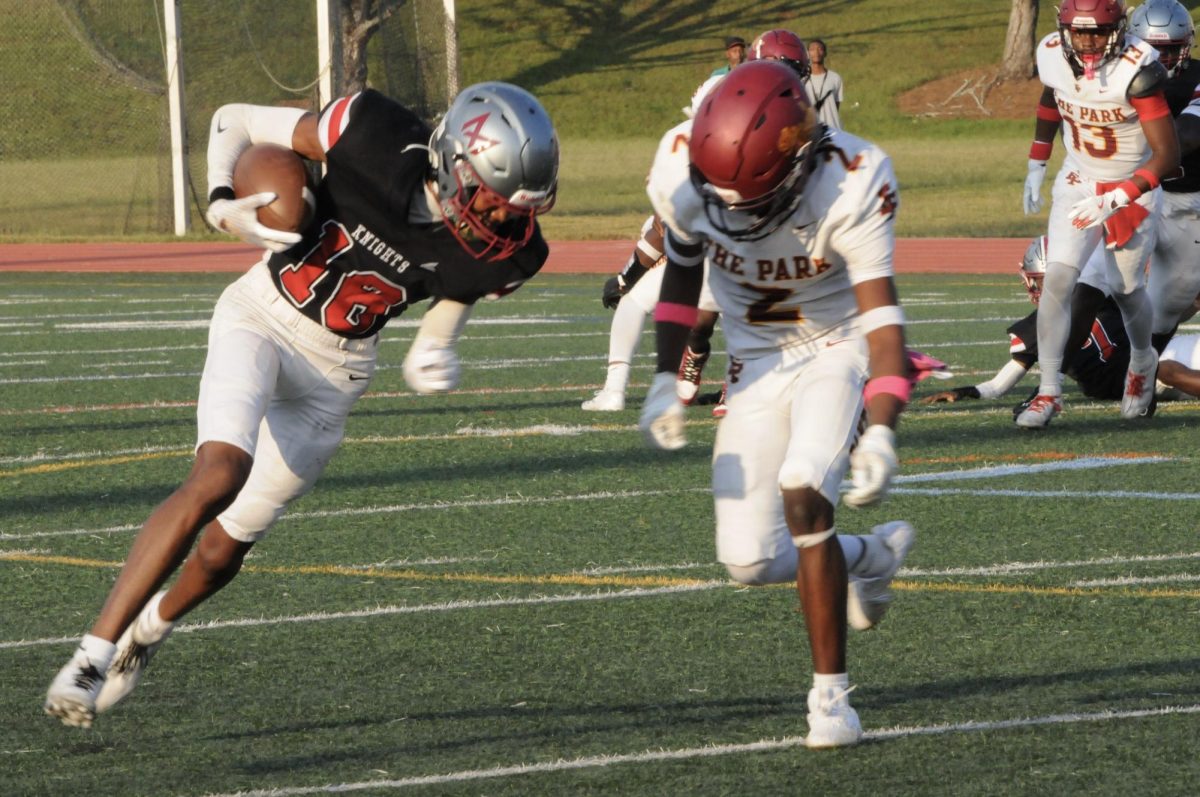As a soccer player, I’ve grown up playing soccer on a variety of surfaces. When I was younger and played at a local soccer club, nearly all of the games were held on grass fields; however, as I’ve gotten older and started playing high school soccer, more and more of the games I play are held on synthetic turf, an artificial sports surface made up of pieces of rubber. After suffering from countless injuries and clinging turf bits over the years, I’ve become a full-fledged supporter of natural grass fields.
Turf should be rejected because it increases the risk of injury. Slide tackling, or when a player slides on the ground to push the ball out from their opponent’s feet, is a major part of soccer. Nearly every time a player attempts to perform a slide tackle on a synthetic turf field, they are left with a painful gash about the width of their palm on the side of their thigh. Typically requiring at least a few weeks to heal, these wounds have significantly inconvenienced my teammates and me on several occasions. Recent studies have even shown that more severe cases of turf burn can lead to Staph infections.
These ghastly injuries aren’t limited to soccer players. Junior Georgia Smith is on the ultimate frisbee team and has had to endure several bruises from playing games on Grady’s turf field.
“Grass fields are just better to play on [than turf fields] in general,” Smith said. “They’re much safer for the most part because in Frisbee you can get serious turf burns when you dive for the disc.”
Smith also thinks that the added chance of a player sustaining an injury while playing on a turf field negatively impacts the mindset of players.
“It causes people to hesitate on laying out which can change the play of the game,” Smith said.
From personal experience, I can say that the turf has affected our Grady soccer games. The flat nature of the turf causes the ball to move at faster speeds, which makes for some adjusting. Additionally, the rubber bits and pieces that make up the turf can cause the ball to bounce in unpredictable ways.
Another drawback on the use of synthetic turf is the cost. A common misconception is that turf fields require less maintenance, and are therefore less expensive. While this may be true in some cases, the cost of properly maintaining a turf field will always exceed the cost of a grass field in the long run. According to the University of Arkansas, synthetic turf fields need replacing every eight to 10 years, which can cost more than $65,000 in 16 years. Natural grass fields, on the other hand, require much less renovation and will total $33,000 at the most over the same period of time — nearly half the cost of the turf field.
I realize there are some constraints to playing on grass fields, such as finding space in urban areas and dedicating some money towards their upkeep. With that being said, however, the multiple injuries and other downside that come from turf are not worth its limited benefits. Playing on grass fields should be a priority for all sports teams, and Grady could protect its players by adopting a grass field of its own.

